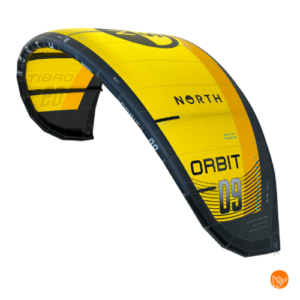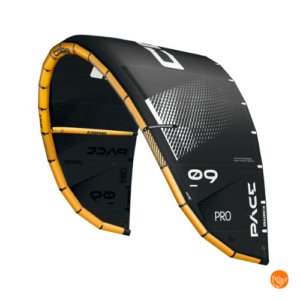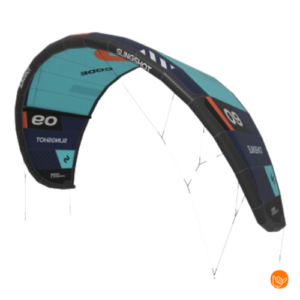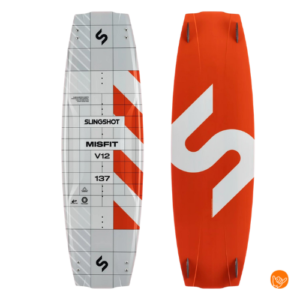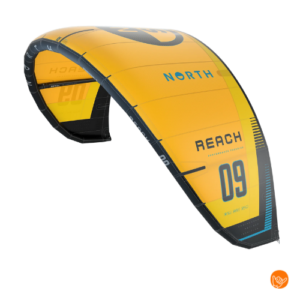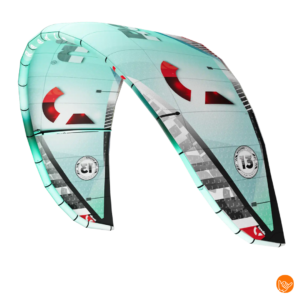Europe offers some of the best kitesurfing destinations in the world, from the reliable winds in Tarifa to the vast beaches of the North Sea. The most popular kitesurfing destinations Europe combine consistent wind conditions, safe conditions and good facilities. Whether you're a beginner taking your first steps or an experienced rider looking for new challenges, Europe has the perfect kitesurfing locations with excellent wind conditions for every level of kitesurfing.
Which european countries offer the best wind conditions for kitesurfing?
Spain, France, Portugal and the Netherlands are among the best kitesurfing spots in Europe thanks to their reliable wind patterns. Spain's southern coast benefits from the Levante and Poniente winds, while the French Atlantic coast and the Netherlands benefit from the Atlantic's westerly winds.
Wind conditions vary widely by season and region. Spain's Andalusian coast enjoys almost year-round winds, with the strongest periods from April to October. The French coast, especially around Leucate and La Franqui, has the most reliable winds during the summer months.
The Netherlands offers surprisingly good opportunities for kitesurfing Europe, especially along the North Sea coast. Wind statistics show that Dutch spots average 180 windy days per year, making them excellent kitesurfing locations for local riders.
- Spain: 300+ wind days a year on the south coast
- France: strongest winds from May to September
- Portugal: Year around reliable north winds
- Netherlands: Best conditions during fall and winter
- Greece: Meltemi winds from June to August
What makes tarifa in spain so popular among kitesurfers?
Tarifa is known as the kitesurfing capital of Europe because of its unique geographical location where Atlantic Ocean meets Mediterranean Sea. This creates two distinct wind systems: the Levante (east wind) and Poniente (west wind), which together provide nearly 300 wind days a year.
The infrastructure in Tarifa is fully geared to kitesurfers. Along the beach you will find dozens of kite schools, rental services and repair boards. The beach offers different zones for different levels, from sheltered lagoons for beginners to open ocean for advanced surfers.
What makes Tarifa extra attractive for kiteboarding destinations is its vibrant international kitesurfing community. During high season, riders from all over Europe gather, creating a unique atmosphere and exchange opportunities.
The wind statistics speak for themselves: average winds are 15-25 knots, with peaks up to 35+ knots during stormy days. This reliability makes it one of the most predictable kitesurfing travel destinations in Europe.
Where is the best place to kitesurf as a beginner in europe?
For beginners safe conditions more important than extreme winds. The best kitesurfing spots for starters offer flat water, reliable but not too strong winds, and professional guidance. Spots such as Lo Stagnone in Sicily and Dakhla in Morocco are ideal for first experiences.
Dutch inland waters such as the IJsselmeer and Grevelingen are excellent for beginners. The flat water and the ability to kite in different wind directions make these locations perfect for learning. Moreover, there are many Dutch kite schools offering quality lessons.
- Lo Stagnone, Sicily - Shallow, flat water and steady wind
- Leucate, France - Sheltered lagoon with kite schools
- Grevelingen, Netherlands - Safe inland water without tides
- Alacati, Turkey - Flat water and reliable thermal wind
- Cagliari, Sardinia - Large lagoon with different wind conditions
These destinations offer not only ideal learning conditions, but also the opportunity to flexibly adapt your equipment to your developing skills without large investments.
Which Dutch kitesurfing spots are most suitable for different levels?
The Netherlands offers a surprising amount of variety in kitesurfing locations, from the rugged North Sea to sheltered inland waters. Each spot has its own character and is suitable for different levels and preferences.
For beginners, Grevelingen and IJsselmeer are ideal because of the flat water and absence of dangerous currents. Veerse Meer offers a perfect combination of safety and challenge for kitesurfers who want to develop their skills.
Advanced riders will find their challenge along the North Sea coast. Spots such as Wijk aan Zee and Castricum offer wave and more challenging conditions. The Brouwersdam is popular for its combination of sea and lake, depending on the wind direction.
| Spot | Level | Water type | Best wind |
|---|---|---|---|
| Grevelingen | Beginner | Inland water | W/SW |
| IJsselmeer | Beginner/Medium | Inland water | SW/W/NW |
| Brouwersdam | All levels | Sea/Lake | W/SW/NW |
| Wijk aan Zee | Advanced | Sea | W/SW/NW |
When is the best season to kitesurf in different european destinations?
The optimal season for kitesurfing trips varies by destination and depends on wind patterns, water temperature and crowds. Mediterranean destinations are best from April to October, while Atlantic locations are often suitable year-round.
For Spain and Portugal, the period from May to September is ideal, with warm water temperatures and reliable winds. France's Atlantic coast has its peak during the summer months, but also offers good conditions in spring and fall.
The Netherlands has two excellent seasons: summer for comfortable kiting in short wetsuits, and winter for the strongest winds. Many Dutch kitesurfers prefer fall and winter because of the more reliable and stronger wind conditions.
- Spain/Portugal: May-September for heat, October-March for less crowding
- France: June-August for best conditions
- Netherlands: September-March for wind, May-August for comfort
- Greece: June-August for Meltemi winds
- Turkey: April-October for thermal winds
When planning your kitesurfing trips, it is important to consider seasonal variations. What many kitesurfers fail to realize is that having the right gear for different conditions is crucial to a successful trip.
For kitesurfers who want to explore different European destinations without the high cost of buying different kites for different wind conditions, a flexible kitesurfing subscription the perfect solution. This allows you to choose the optimal gear for every trip without large investments.
Whether you have your want to put together complete kitesurfing kit for a specific destination or need advice on the best gear for your European kitesurfing adventure, we are happy to help you make the right choice. For personal advice on gear and destinations you can always contact us.










